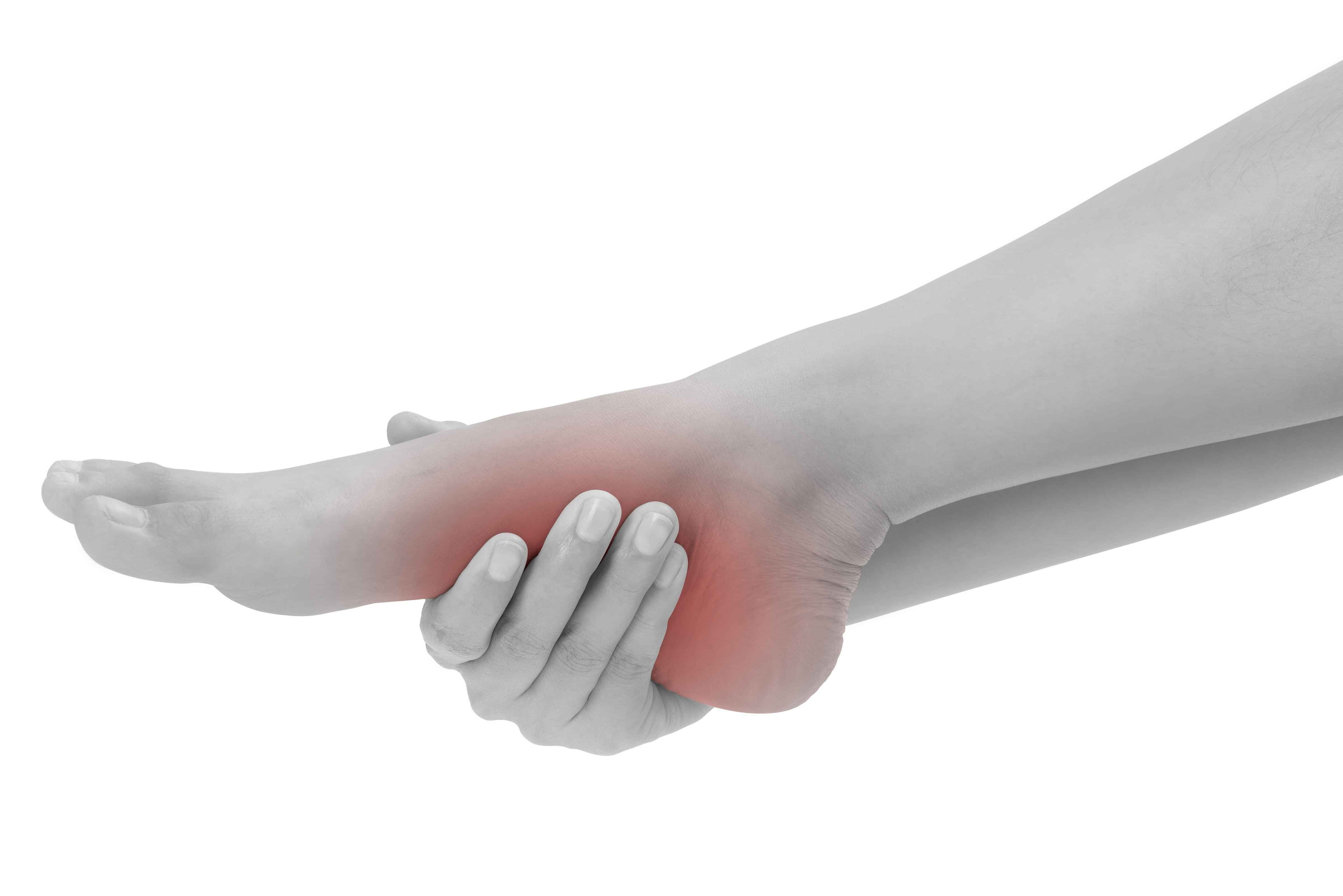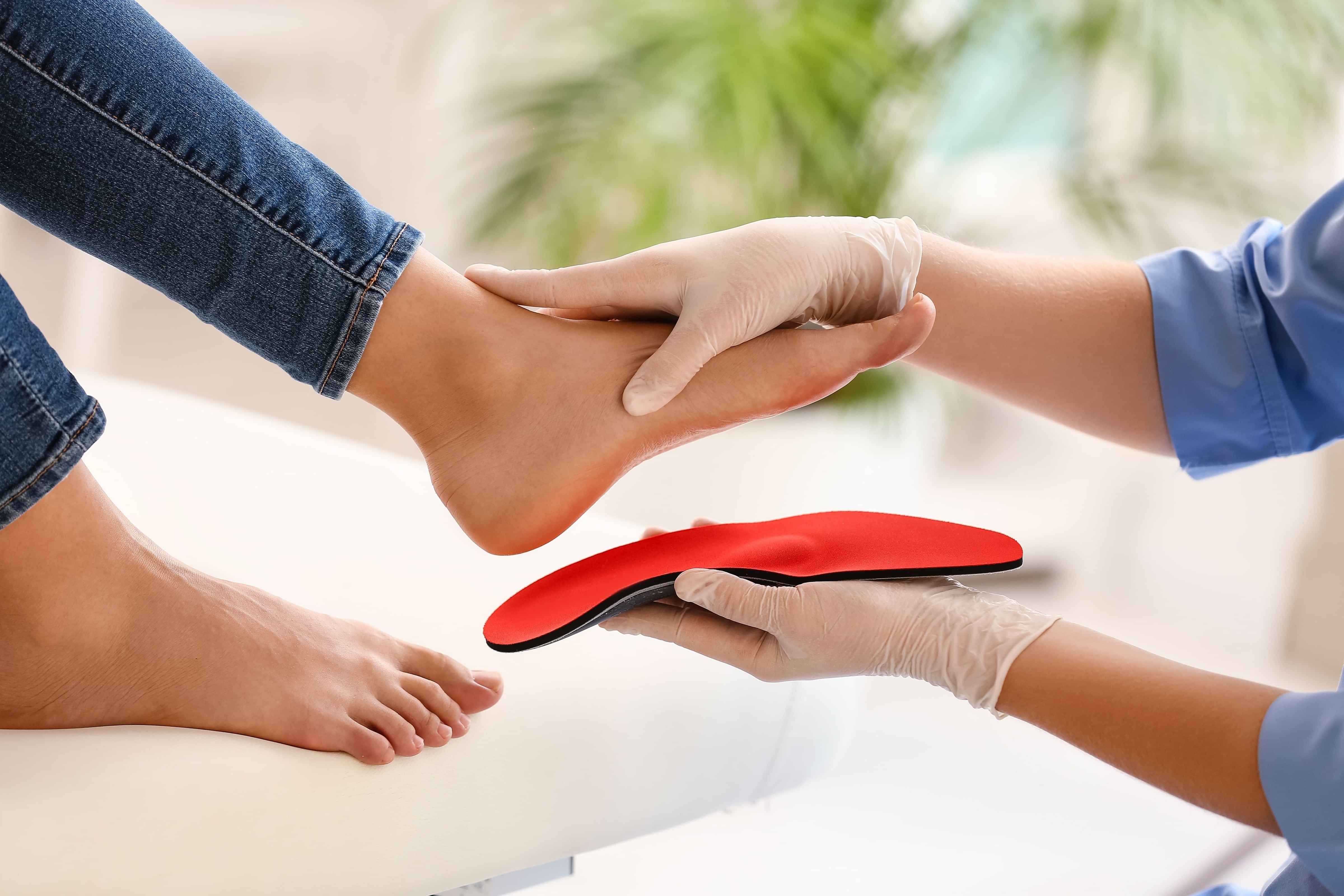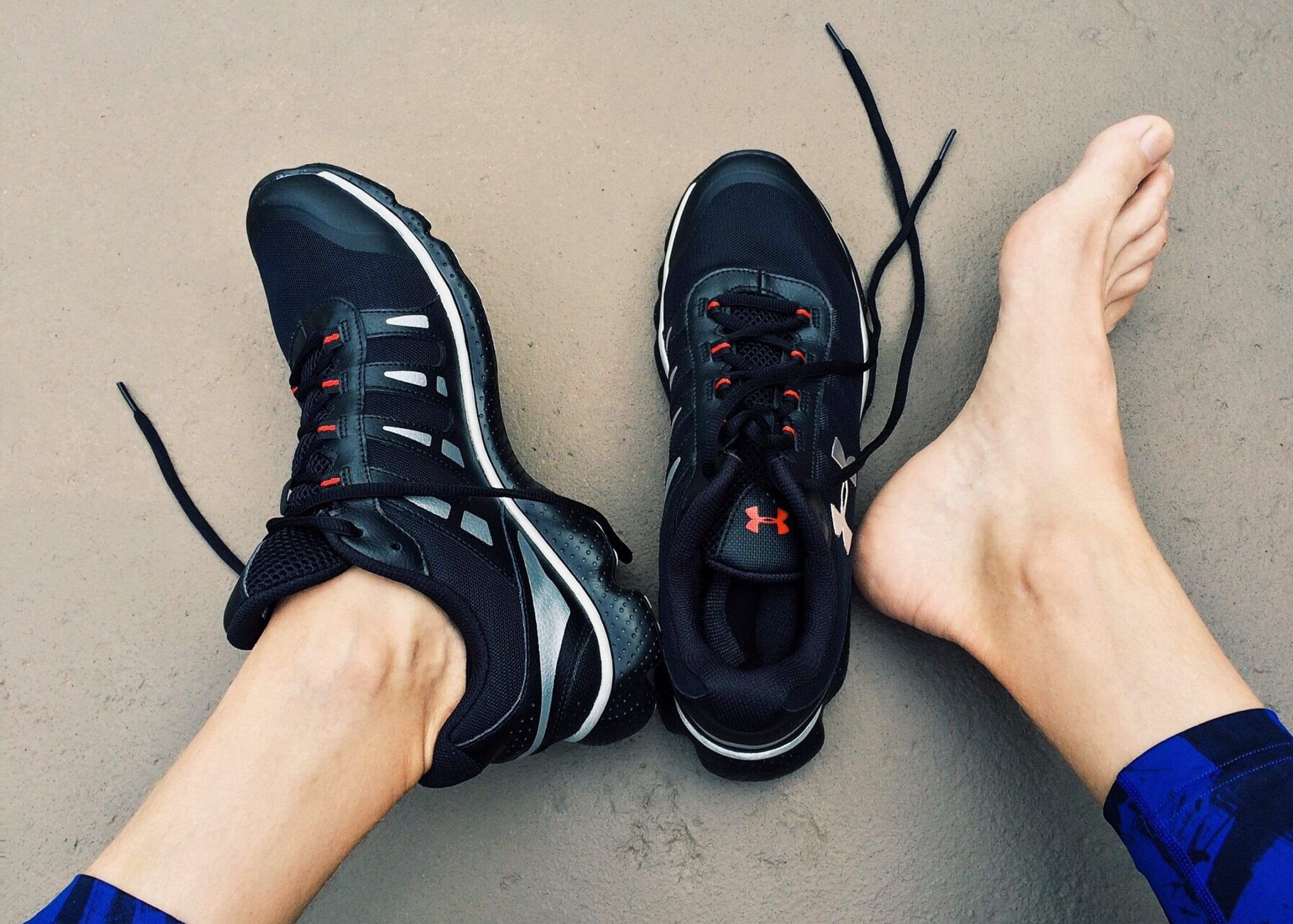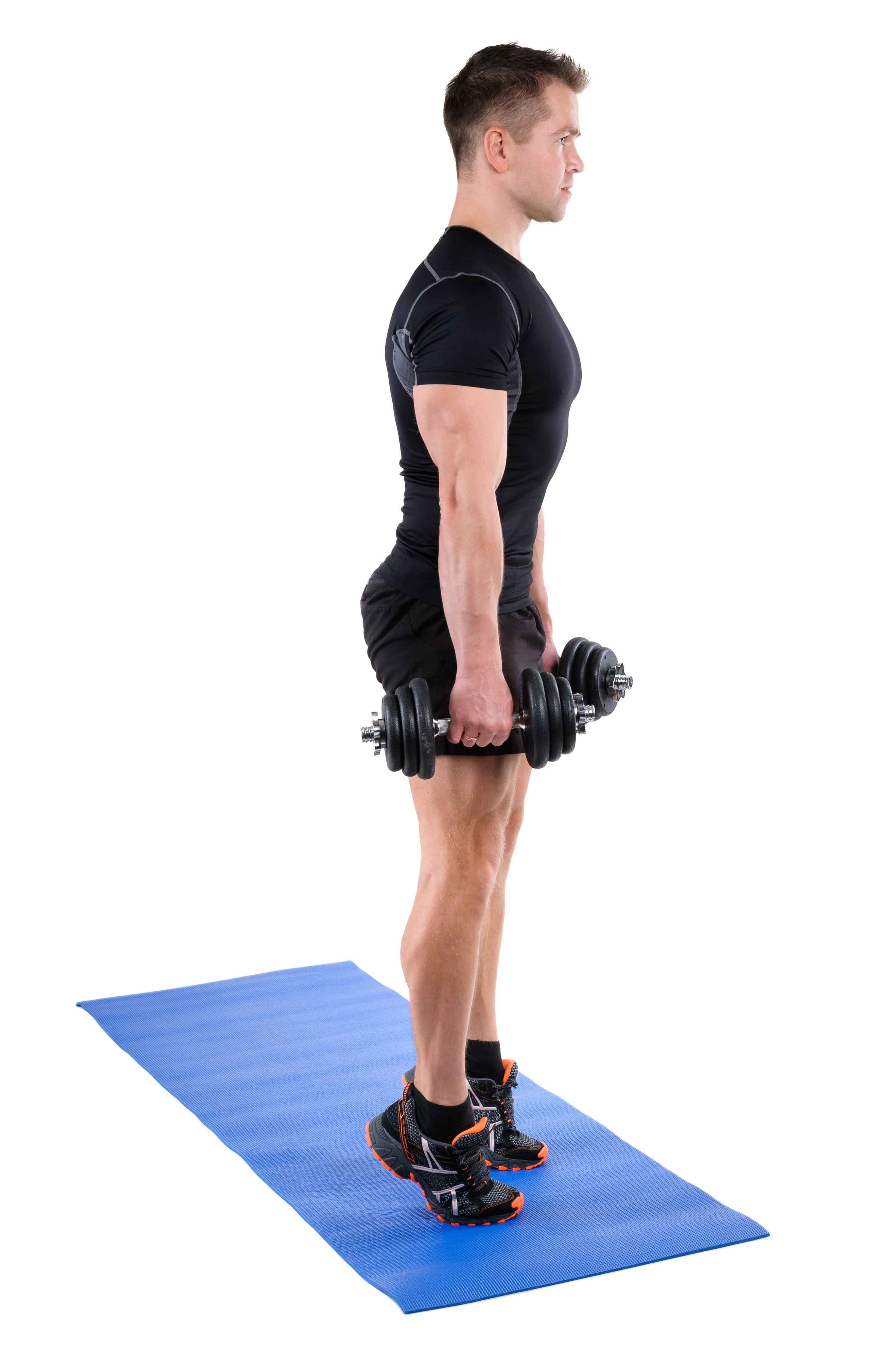Posterior Tibialis Tendinopathy

What is posterior tibialis tendinopathy, and what symptoms indicate its presence?
Posterior tibialis tendinopathy refers to the dysfunction, inflammation, or degeneration of the posterior tibialis tendon, which plays a vital role in supporting the arch of the foot and providing stability during walking. Symptoms typically include pain, swelling, and tenderness along the inside of the ankle or the arch of the foot. Individuals may experience difficulty walking or standing for extended periods due to pain, especially during activities that involve walking on uneven surfaces or going up or downstairs.
What causes posterior tibialis tendinopathy to develop?
Posterior tibialis tendinopathy often develops due to repetitive stress or overuse of the posterior tibialis tendon, leading to micro-tears, inflammation, or degeneration. Contributing factors may include excessive pronation (flat feet), abnormal foot structure, such as high arches, sudden increases in physical activity, improper footwear, and biomechanical issues affecting the lower extremities. Additionally, age-related changes or systemic conditions like arthritis may increase the susceptibility to tendon injuries.

How is posterior tibialis tendinopathy diagnosed?
Diagnosing posterior tibialis tendinopathy involves a comprehensive evaluation by a healthcare professional. This includes discussing the individual's medical history, symptoms, and a physical examination focusing on the affected foot and ankle. Specific tests, such as single-leg heel raise or gait analysis, might be conducted to assess tendon function and foot mechanics.
Imaging studies such as ultrasound or MRI scans may be recommended to visualize the condition of the posterior tibialis tendon, rule out other potential causes of foot and ankle pain, and evaluate the extent of tendon damage or inflammation.


What are the treatment options available for posterior tibialis tendinopathy?
Treatment for posterior tibialis tendinopathy aims to alleviate pain, reduce inflammation, and improve tendon function. Conservative approaches typically include rest, avoiding activities that exacerbate symptoms, applying ice to the affected area to reduce swelling, and taking nonsteroidal anti-inflammatory drugs (NSAIDs) to manage pain and inflammation.
Physical therapy focusing on strengthening exercises for the muscles supporting the arch and the lower leg, along with stretching exercises targeting the calf muscles and the posterior tibialis tendon, can aid in recovery and improve foot stability. Orthotic devices, such as arch supports or custom-made orthotics, may provide additional support and correct foot biomechanics, reducing strain on the tendon.
In cases of persistent or severe symptoms, medical interventions such as corticosteroid injections or regenerative therapies like platelet-rich plasma (PRP) injections might be considered to reduce inflammation and promote healing. Surgical options, such as tendon repair or debridement, are rarely necessary but might be recommended in refractory cases.
Are there lifestyle adjustments or exercises to alleviate symptoms associated with posterior tibialis tendinopathy?
Lifestyle adjustments involve avoiding activities that exacerbate symptoms or place excessive stress on the posterior tibialis tendon, such as high-impact exercises or walking on uneven surfaces. Wearing supportive footwear with good arch support and cushioning can help reduce strain on the tendon and alleviate discomfort.
Practicing proper foot mechanics and avoiding sudden increases in physical activity intensity or duration can prevent overuse injuries. Regularly performing stretching and strengthening exercises targeting the calf muscles, the posterior tibialis tendon, and the foot arches can improve flexibility and stability, thereby reducing the risk of tendon injuries.
It's crucial to seek professional advice from a healthcare provider or a physical therapist for guidance on appropriate exercises, lifestyle modifications, and proper footwear choices to alleviate symptoms associated with posterior tibialis tendinopathy and prevent recurrent injuries.


